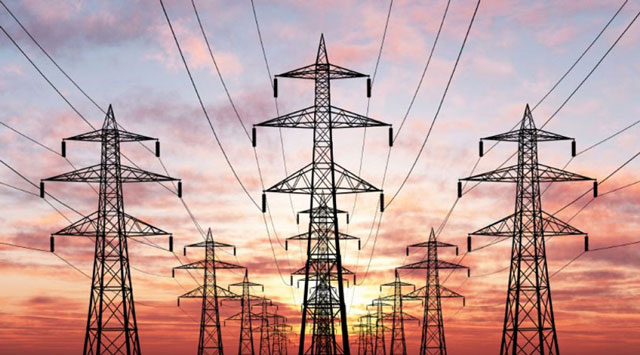
Kampala, Uganda | THE INDEPENDENT | Anyone seeking to have electricity connected to their premises will now have to pay the full costs, following the scrapping of the subsidy, as well as the free connection policy, by the government.
Since 2005, the government has been subsidizing the cost of connecting power for the consumers to help ease access to electricity. The average cost of connecting power to a property has been 98,000 Shillings where no pole was required, while, if a pole was required, it went up to 326,000 Shillings. This did not include the 41,000 Shillings that was paid for the surveying or inspection of the site before the connection is approved.
Domestic consumers were also required to pay 100,000, Shillings while commercial consumers would deposit 200,000 Shillings as a security deposit. In 2018, the government introduced a free Electricity Connection Policy under which consumers got connected at no cost, in a move aimed at expanding electricity coverage. It was supposed to ensure the connection of 300,000 people per year for 10 years.
This is believed to have pushed electricity connections up by 60 per cent, since 2018, when access to electricity, as a percentage of the population, in Uganda was reported at 42.65 per cent. However, these included those connected to the national grid and those not, including private solar power consumers. Those connected to the national grid or those supplied by the government are about 31 per cent of the population, according to the Ministry of Energy.
But in June, Umeme Limited, the main power supplier notified the government of its intention to suspend implementation of the free connection policy. At the time, the government, through the Rural Electrification Agency, owed the distributor USD 25 million, which is yet to be cleared. This is the cost of 105,412 connections out of the total 244,307 that had been completed.
Based on this, the regulator, the Electricity Regulatory Authority (ERA) says, the government has no option but to suspend the subsidies, which catered for an average three quarters of the connection cost. ERA Director of Corporate and Consumer Affairs, Julius Wandera says all connection activities were suspended because under the ECP, everyone was supposed to get connected for free, yet the distribution companies had no money to do the work.
ERA says that where no pole is required, it will now cost 576,773 Shillings while the cost of a one-pole connection will be 2,031,325 Shillings. However, according to Umeme’s cost sheet, where there is no need for a pole, it will cost 720,883 Shillings while one pole will cost 2,387,472 Shillings. The inspection fee will remain at 41,000.
Licensed electricity distribution companies have been Directed to make connections for customers who have the financial capacity and willingness to pay for their connections at full cost, effective Monday, December 7, 2020. The consumers who had earlier applied for Electricity Connection through the ECP shall be required to top up Payment in line with the ERA-Approved new connection charges.
Wandera urges the public to understand how much burden the government has born in subsidizing the cost, saying that it was just unfortunate the COVID-19 pandemic caused the government to reset its priorities.
The high cost of electricity and the unstable supply have been named in various reports as a major cause of Uganda’s poor performance in business environment rankings.
However, Manufacturers have welcomed the resumption of connections which had stalled since May. Uganda Manufacturers Association Managing Director, Daniel Birungi says an investor should pay heavy connection fees than wait indefinitely, even if the high rates increase the cost of doing business.
Birungi says the manufactures are more concerned with the increasingly unstable supply of electricity at their factories, which is affecting productivity.
More than three-quarters of the country is supplied by Umeme Ltd, while the other eight distributors, like Uganda Electricity Distribution Company Ltd, Pacmecs, Kalangala Infrastructure Services, West Nile Rural Electrification Company and Kilembe Investments Ltd, supply the rest of the company.
********
URN
 The Independent Uganda: You get the Truth we Pay the Price
The Independent Uganda: You get the Truth we Pay the Price




The resumption of electricity connection is indeed a welcome move. However the costs are so high even for the average Ugandan.
I wonder why such high costs get imposed to the consumers yet they will immediately start paying for the electricity once connected. To me, subjecting a household to such payment is akin to telephone companies asking communities to build masts before extending network coverage to their areas.
With all due respect, many of the upcoming presidential areas have no power connections at all. So you find that one may need even up to about 5poles to have power reach his/her dwelling. The right thing to do is for the companies to connect households and then charge for the electricity used. The costs can then be covered up when more and more consumers are connected to the grid and are paying for the power consumed.
Else, at these suggested rates you guys are likely to continue telling us of your nuisance in regards to excess generation of power vis avis that locally consumed. Let’s wait and see.